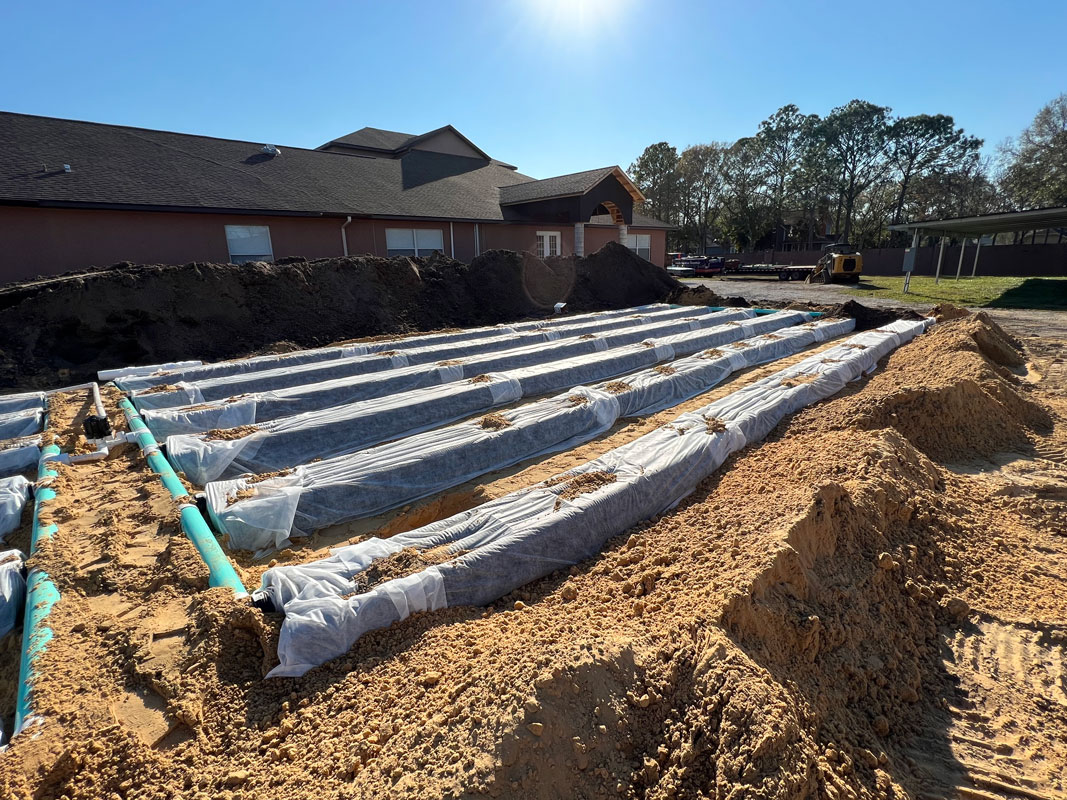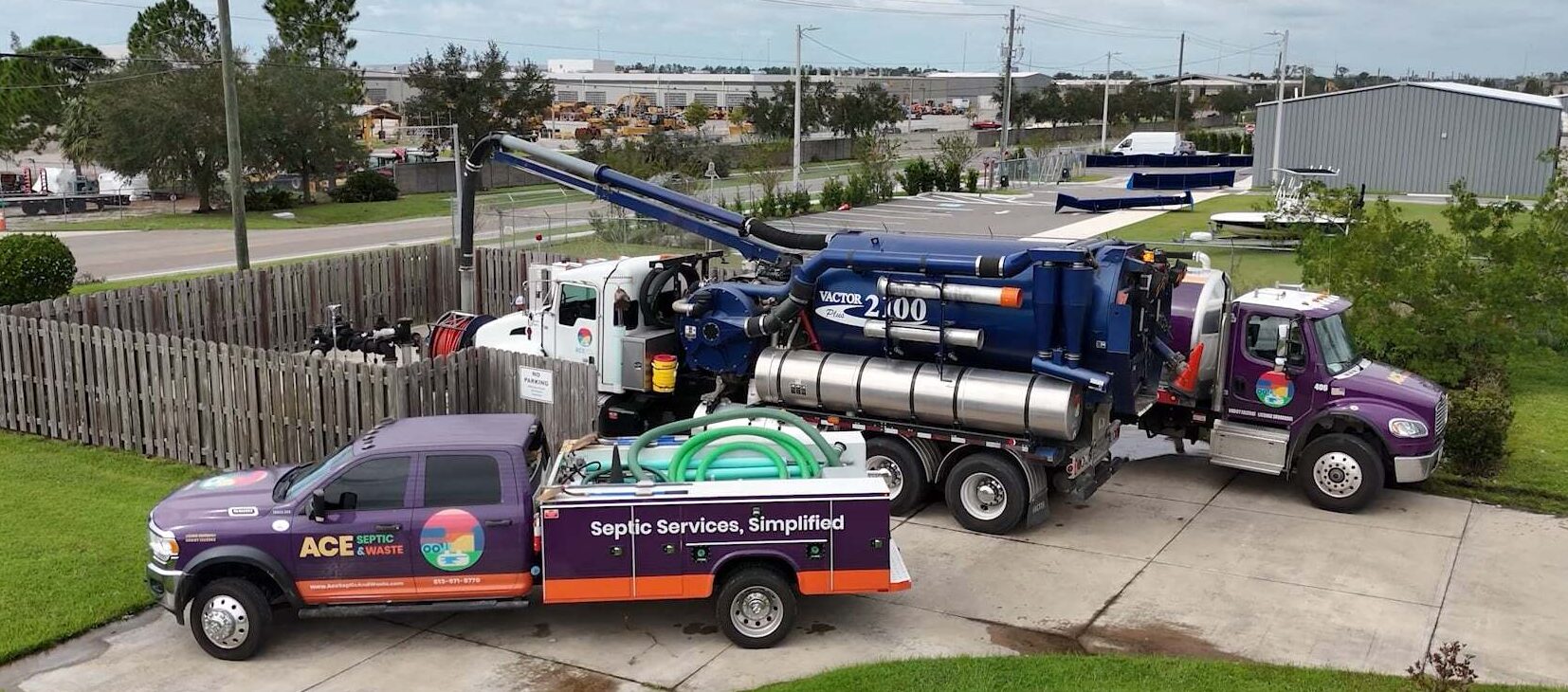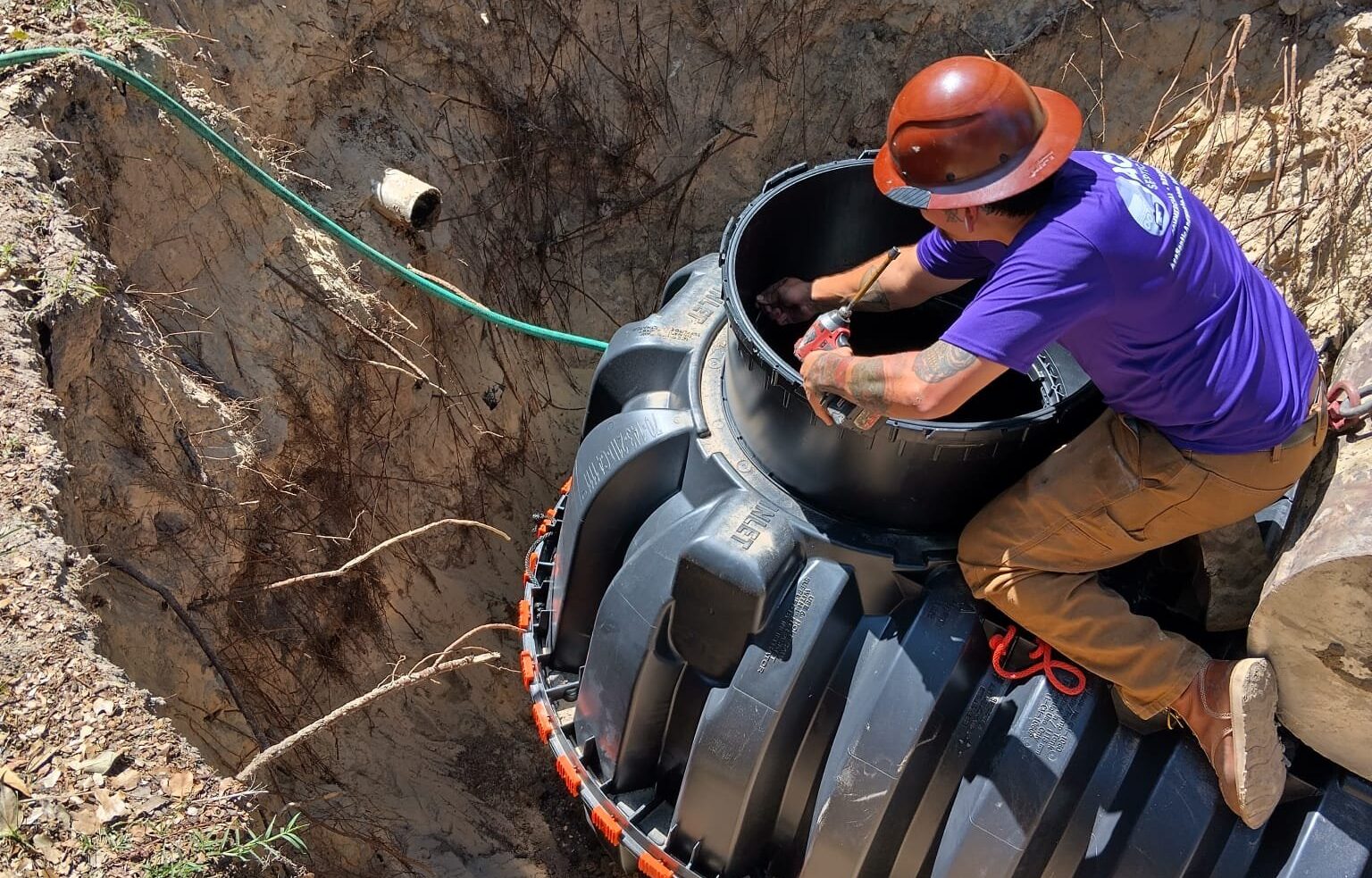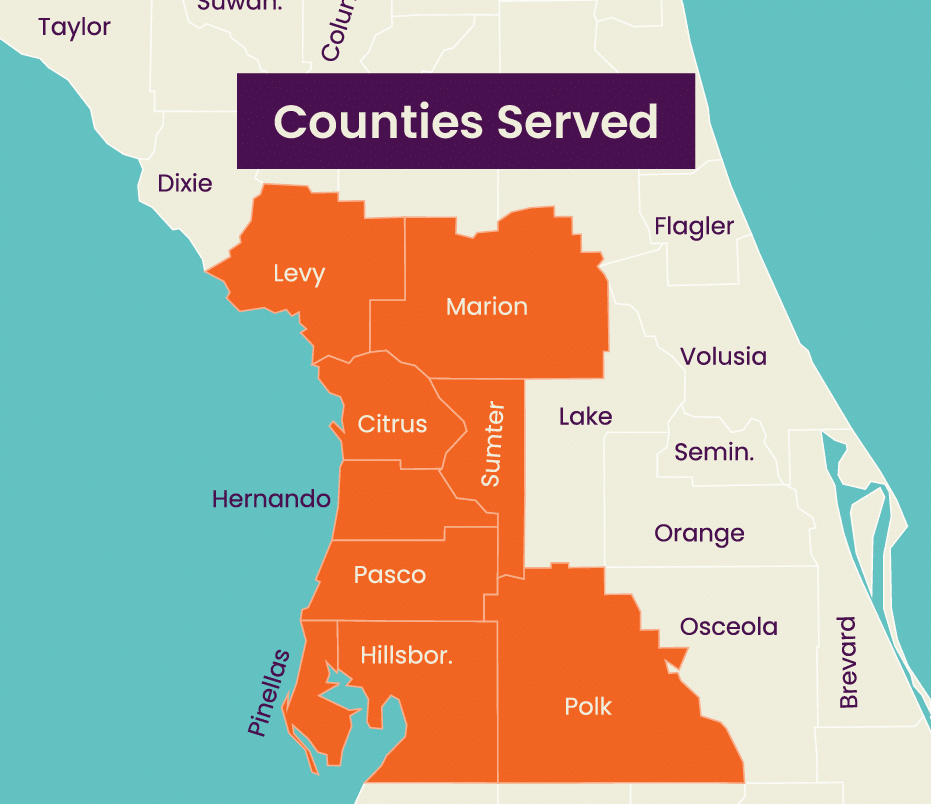If you’re a Florida homeowner, you know the water table is high, and proper septic system design is crucial. Distribution is one of the essential components of a septic system, as it ensures that effluent, or wastewater, is effectively treated and dispersed safely into the soil. There are two main distribution systems types- trench drain systems and bed systems.
Trench drain systems vs. bed systems
Trench systems are the most common form of septic system distribution. These long, narrow systems use a series of interconnected pipe trenches that distribute wastewater throughout the soil.
Each trench is usually less than 36 inches wide and contains more pipes that provide the movement of effluent. The number of trenches used depends on the size of the system and available space.
Bed is not preferred, but a specific location will require it. This would be due to space restrictions and/or the size of the property.
Both designs consist of an underground excavation filled with pipes. The spacing between the pipes depends on the type of system. The pipes are wrapped in fabric and covered with septic-approved sand.
The effluent flows through the pipes, evenly distributing through the drainfield and soaking into the sand.
Why trench system is preferred
The trench drain system is Florida’s most commonly used system due to its cost-effectiveness and longevity. Furthermore, trench drainfields do not require cleaning, which reduces maintenance costs.
ACE’s systems always use TPI 9-pipe (pictured to the left) that effectively and compliantly spreads the effluent over a larger area when installed amongst the sand. Overall, trench systems are typically the most efficient way for Florida homeowners to maintain the proper functioning of their septic systems. Still, again, this is often predicated on the amount of space a home has.
When are bed systems required?
A bed system is required if there’s not enough space for a trench system to maintain enough space from setbacks and structures like wells, ditches, and utility lines.
Trench drain systems will always be preferred since the additional space can lead to fewer issues. For instance, bed system failure can occur because there’s reduced sidewall surface area compared to trench systems. Furthermore, the reduced area limits biological growth and the ability of wastewater to filter through, making it less ideal for the environment.
All this to say, a trench system will always be plan A, but there is a backup option if your property doesn’t allow for it.
Conclusion
The best way to determine what works best for your property is to consult a septic system specialist like ACE Septic & Waste. This inspection is especially vital if you buy or sell a home and need full coverage of a property’s bed or trench system status.
For more general tips on septic system maintenance and care, follow us on Instagram at (@aceseptic). We post regular updates about septic systems as well as other related topics.







